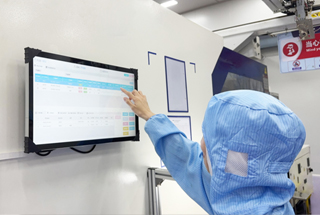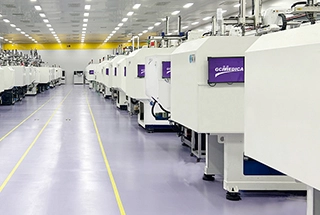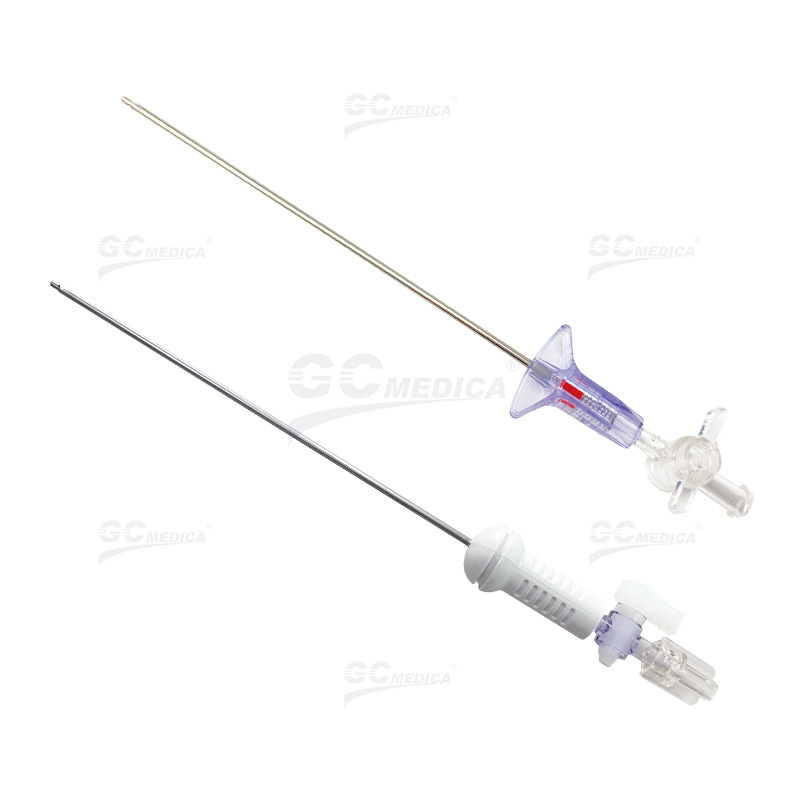For healthcare facilities and surgical centers, managing costs without compromising quality is essential. One key area is the procurement of surgical instruments such as Veress needles. These devices play a crucial role in minimally invasive surgeries, particularly during the creation of a pneumoperitoneum. This article provides practical tips for bulk buying Veress needles, while ensuring that cost efficiency and quality go hand in hand.
 Veress Needle Online Promotion (Click for details >)
Veress Needle Online Promotion (Click for details >)
Understand the Importance of Veress Needles
Veress needles are specialized instruments designed for safely initiating insufflation in laparoscopic procedures. Their precision and design directly impact the success of surgical interventions. When purchasing Veress needles, it is important to consider factors such as:
Material Quality: High-grade stainless steel or specialized polymers contribute to durability and performance.
Design Features: Ergonomic design, sharpness of the needle tip, and ease of handling are critical for optimal functionality.
Sterility and Packaging: Single-use devices should come in sterile packaging to reduce the risk of infection and ensure patient safety.
Benefits of Bulk Buying
Bulk purchasing offers several advantages, particularly for high-demand healthcare environments:
Cost Savings: Buying in larger quantities typically comes with volume discounts, reducing the per-unit cost of Veress needles.
Streamlined Inventory Management: Consolidating purchases helps maintain a steady supply, minimizing the chances of shortages during peak times.
Vendor Negotiation: Healthcare providers have more leverage when negotiating contracts with suppliers, often securing favorable terms and extended payment options.
Strategies to Maximize Cost Efficiency
To fully capitalize on the benefits of bulk buying, consider the following strategies:
1. Conduct Comprehensive Market Research:
Begin by gathering detailed information on the average price range for Veress needles. Compare multiple suppliers to identify competitive pricing while ensuring that quality remains consistent. Look into market trends and supplier reviews to make informed choices.
2. Leverage Long-Term Contracts:
Negotiate long-term agreements with suppliers to secure stable pricing. Such contracts can lock in lower prices and protect your budget against potential market fluctuations, ensuring that you receive consistent pricing over an extended period.
3. Evaluate Supplier Offerings Beyond Price:
Focus on the overall value provided by suppliers. While the price is a key factor, also assess the reliability of the supply chain, the quality control processes in place, and the after-sale support services. Transparent communication and detailed product specifications are essential.
4. Optimize Order Quantity:
Determine the optimal order quantity by balancing storage capacity with anticipated usage rates. Overordering can lead to high inventory holding costs, while underordering might disrupt surgical schedules. Analyze historical usage data and forecast future demand to set the right quantities.
5. Consider Group Purchasing Organizations:
Collaborating with other healthcare institutions through group purchasing organizations (GPOs) can significantly enhance your purchasing power. By pooling orders, these organizations often negotiate superior discounts and terms from suppliers.
Best Practices for Procurement
Documentation and Quality Assurance:
Ensure that each batch of purchased Veress needles comes with comprehensive documentation, including quality assurance certificates. This practice aids in tracking performance and addressing any issues quickly.Regular Price Reviews:
The medical equipment market is dynamic. Conduct periodic reviews of the purchase terms and market prices to adjust strategies and maintain cost efficiency. Regular audits help in optimizing procurement processes and pinpointing areas for further savings.Feedback from End Users:
Engage surgical teams in the evaluation process. Their insights on the performance of the needles can be invaluable for future purchases. Continuous feedback allows for adjustments in procurement criteria, ensuring that the selected products meet clinical requirements.
Conclusion
Maximizing cost efficiency when purchasing Veress needles involves a combination of market research, strategic negotiations, and careful inventory management. By focusing on bulk buying and leveraging long-term supplier relationships, healthcare providers can secure high-quality instruments at competitive prices. Balancing cost with quality ultimately contributes to enhanced patient care and a more efficient surgical environment.
Related Products


 Français
Français Español
Español Products
Products

 About Us
About Us












